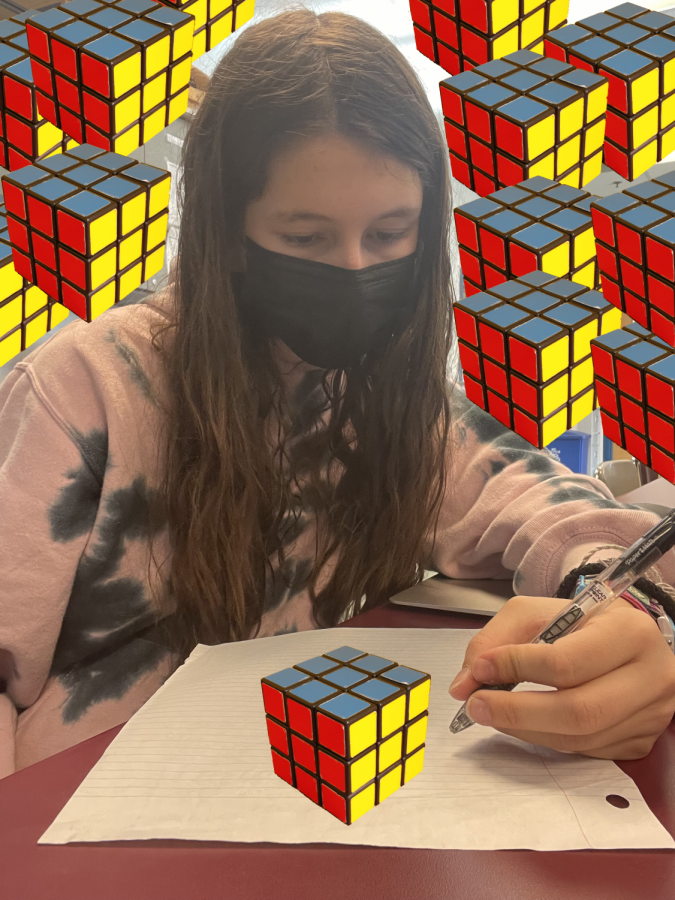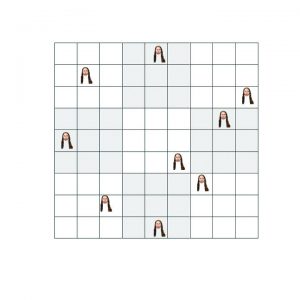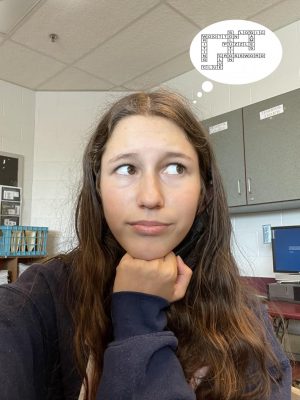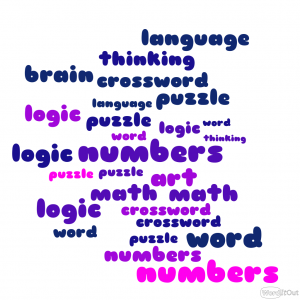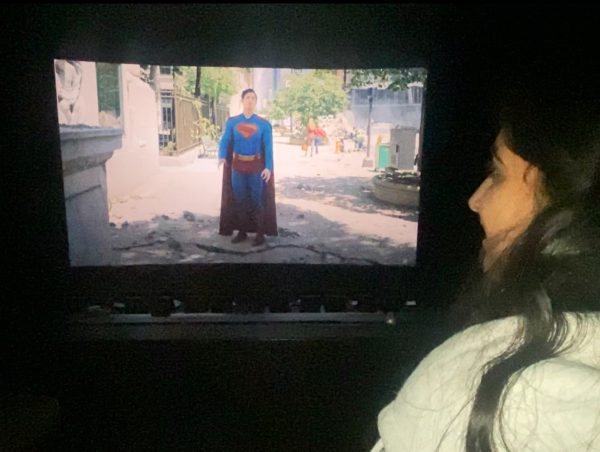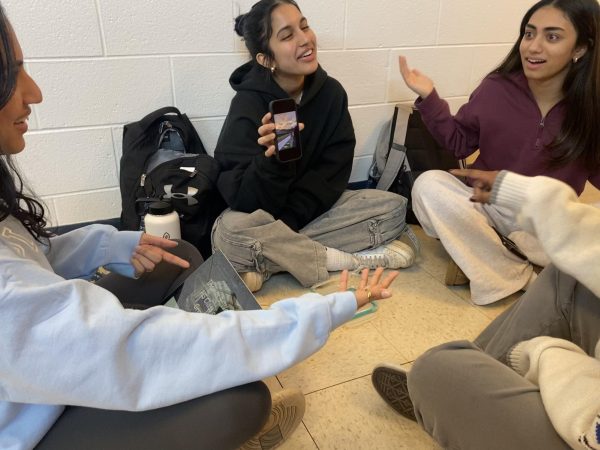Dylan’s piece of the puzzle: The Rubik’s Cube
Photo illustration by Dylan Cohen
Junior Dylan Cohen is going to eat, sleep, breathe Rubik’s Cube until she can solve one.
I like to think that I’m a puzzle pro. I like to think that if a random puzzle was put in front of me, I would be able to solve it with ease. Unfortunately, this is far from reality. As much time as I spend solving various types of puzzles and as much as I enjoy working on them, I am not perfect and there are puzzles that I have zero clue how to solve.
I have no idea how to solve a Rubik’s cube. I love scrambling up a cube for a friend to solve, but I could never unscramble it myself. I’ve always aspired to be like those magicians who can throw a scrambled Rubik’s cube up in the air and catch it, completely solved. However, I am not one of those magicians. Since I am discussing a topic I am not familiar with, I decided to call in two experts: junior Vanessa Rubin and junior Allison Keesling, co-presidents of the Rubik’s Cube club.
A Rubik’s Cube is a physical puzzle, originating as a 3x3x3 cube with six colors for each of the six faces. Originally called the Magic Cube, it was developed by Hungarian Sculptor Ernő Rubik in 1974. Today, Rubik’s Cubes come in various shapes, colors, sizes, although the original one is still the most popular.
When Rubin first discovered the Rubik’s cube in elementary school, she was not the pro that she is today. When given a cube, she could solve one side, but could not complete the other five. All of this changed when she “rediscovered” the cube in ninth grade while watching a video and learned how to solve the whole cube.
For a beginner, Keesling recommends starting with the original Rubik’s Cube and learning the basic strategies first, before mixing in any complicated skills or out-of-the-ordinary cubes. While there are strategies that may be more popular and effective than others, it’s personal preference and comfort for how an individual would go about solving a cube. Cross, First 2 Layers, Orientation, Permutation (CFOP) is the most widely used. “The most popular method is CFOP, but it’s up to your individual preference for which strategy you use,” Rubin said.
To those who have never solved one, Rubik’s Cubes look extremely challenging or even impossible. There are even particular parts that are more difficult than others to solve. “I think the third layer is the most difficult because there are so many different algorithms to solve that layer,” Rubin said.
There are countless types of Rubik’s Cubes that are available today. It is important to remember that depending on the Rubik’s Cube, your strategy will be different. “The larger the cube, the more steps it takes to solve it,” Keesling said.
Your donation will support the student journalists of Thomas S. Wootton High School. Your contribution will allow us to purchase equipment and cover our annual website hosting costs.
Dylan is a 2023 graduate.


